Reviews
La chambre verte
François Truffaut
France, 1978
Credits
Review by Jenny Jediny
Posted on 20 April 2010
Source MGM/UA Home Entertainment VHS
About halfway through François Truffaut’s ambitious film The Green Room, Julien Davenne (portrayed by the director himself) enters “la chambre verte,” a meticulously kept room where Julien has constructed what is essentially a shrine to his late wife. The one-sided conversation that follows between Julien and his wife is unsettling in its confirmation that Julien truly does prefer to live with the dead to the living; his doting on his deceased wife is far more intimate than his treatment of the still-breathing woman who has recently expressed affection toward him. This emotional isolation cannot mask the sadness that pervades The Green Room, an incredibly raw effort by Truffaut, then forty-six and still feeling the melancholy that had begun in the early seventies. A decade that began with the deaths of his mother and his former lover had since seen the loss of a circle of friends that included Henri Langlois and Roberto Rossellini, among actors he had worked with early in his career.
Truffaut’s decision to portray Julien was deeply personal, fearing the audience would take the character for a madman. He stated, “This film is like a handwritten letter. If you write by hand, the letter won’t be perfect, the handwriting might be a bit shaky, but it will be you, your handwriting.”1 It is a strange, at times mechanical performance, but it’s appropriate for Julien. As indicated by the opening title sequence, Julien is a WWI veteran, his face superimposed against grainy war footage; he suffers survivor guilt, outliving his wife (who died at an unnaturally young age) and his fellow soldiers killed during the war. This guilt is uncommonly deep, mutating into a feverish obsession.
Truffaut, who had been drawn to the novels of Henry James following his break-up with actress Catherine Deneuve, based his film on James’ short story The Altar of the Dead. The structure replicates the novella’s form and the look of The Green Room is more painterly than cinematic. Néstor Almendros’ shooting style gives the film a muted, green palette - a sickly hue, not of spring buds - which shifts in tone both within Julien’s home, somber and uninviting, and in the memorial temple, austere in its cold candlelight.
Much of The Green Room focuses on the changes in Julien’s life after he meets a young woman, Cecilia, employed at the antiques shop where Julien is seeking a ring that once belonged to his wife. Cecilia recognizes Julien from her childhood - he was the only adult who spoke to her maturely - and feels so much of a connection that she later confesses to Julien that she too, not only mourns the dead, but keeps them in her daily life. Like Julien, who claims to have seen his wife’s spirit, Cecilia saw her father’s ghost directly following his death. This story brings Julien to trust Cecilia, initiating the first personal connection to a living individual he has forged since his wife’s death.
Portrayed by Nathalie Baye, Cecilia boasts a presence that is both a strong physical and emotional contrast to Julien. Though Baye’s face registers an old soul, Cecilia is much younger than Julien, and her loss suggests she seeks a father figure in him. Her spiritual connection moves Julien, but he refuses to acknowledge any romantic feelings toward her, and instead envisions her as a partner in honoring the memories of their beloveds. His link to the living Cecilia, however, reminds Julien that he too, is still alive; suddenly struck with ailments and physical pain, Julien recognizes the importance of his connection to Cecilia.
The Green Room is a somber and disquieting experience. It is also acutely fascinating in its morbidity, and in how it clearly functions as an outlet for both Truffaut’s grief and increasing fear of aging. Truffaut, who would die a mere six years after this film’s release, was still in many ways that young man who built an altar to both Balzac and Bazin in his first film—obsessed with those who had influenced him, and whom he still held dear. We may not be able to connect with Julien, but The Green Room serves as a reminder that outside of the more tender depiction of life instilled in Truffaut’s comedies, there is a darker side to reality; one that exists for both his characters and for all of us.
- Antoine de Baecque & Serge Toubiana,Truffaut: A Biography↩
More Love on the Run: The Films of François Truffaut
-

Les Mistons
1957 -

Une histoire d’eau
1958 -

The 400 Blows
1959 -
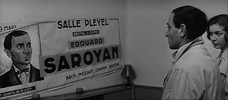
Shoot the Piano Player
1960 -
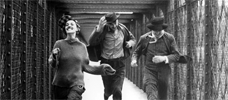
Jules and Jim
1962 -
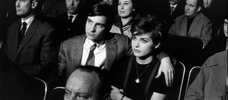
Antoine and Colette
1962 -
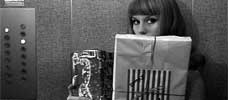
The Soft Skin
1964 -
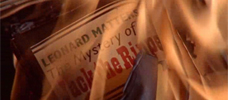
Fahrenheit 451
1966 -
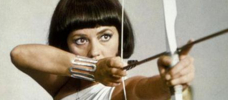
The Bride Wore Black
1968 -
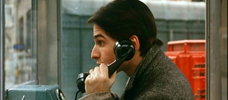
Stolen Kisses
1968 -
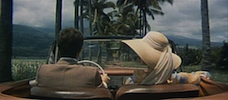
Mississippi Mermaid
1969 -
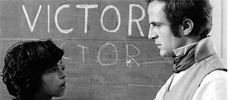
The Wild Child
1970 -
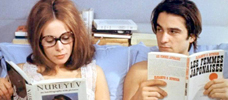
Bed and Board
1970 -
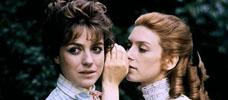
Two English Girls
1971 -
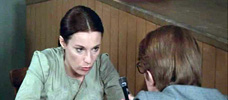
Such A Gorgeous Kid Like Me
1972 -

Day for Night
1973 -
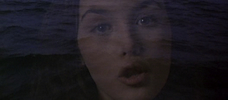
The Story of Adele H.
1975 -

Small Change
1976 -
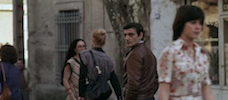
The Man Who Loved Women
1977 -
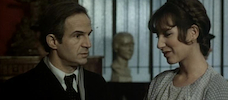
The Green Room
1978 -
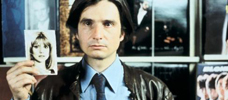
Love on the Run
1979 -
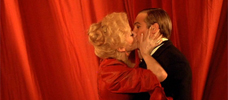
The Last Metro
1980 -
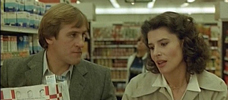
The Woman Next Door
1981 -
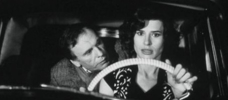
Confidentially Yours!
1983
We don’t do comments anymore, but you may contact us here or find us on Twitter or Facebook.



